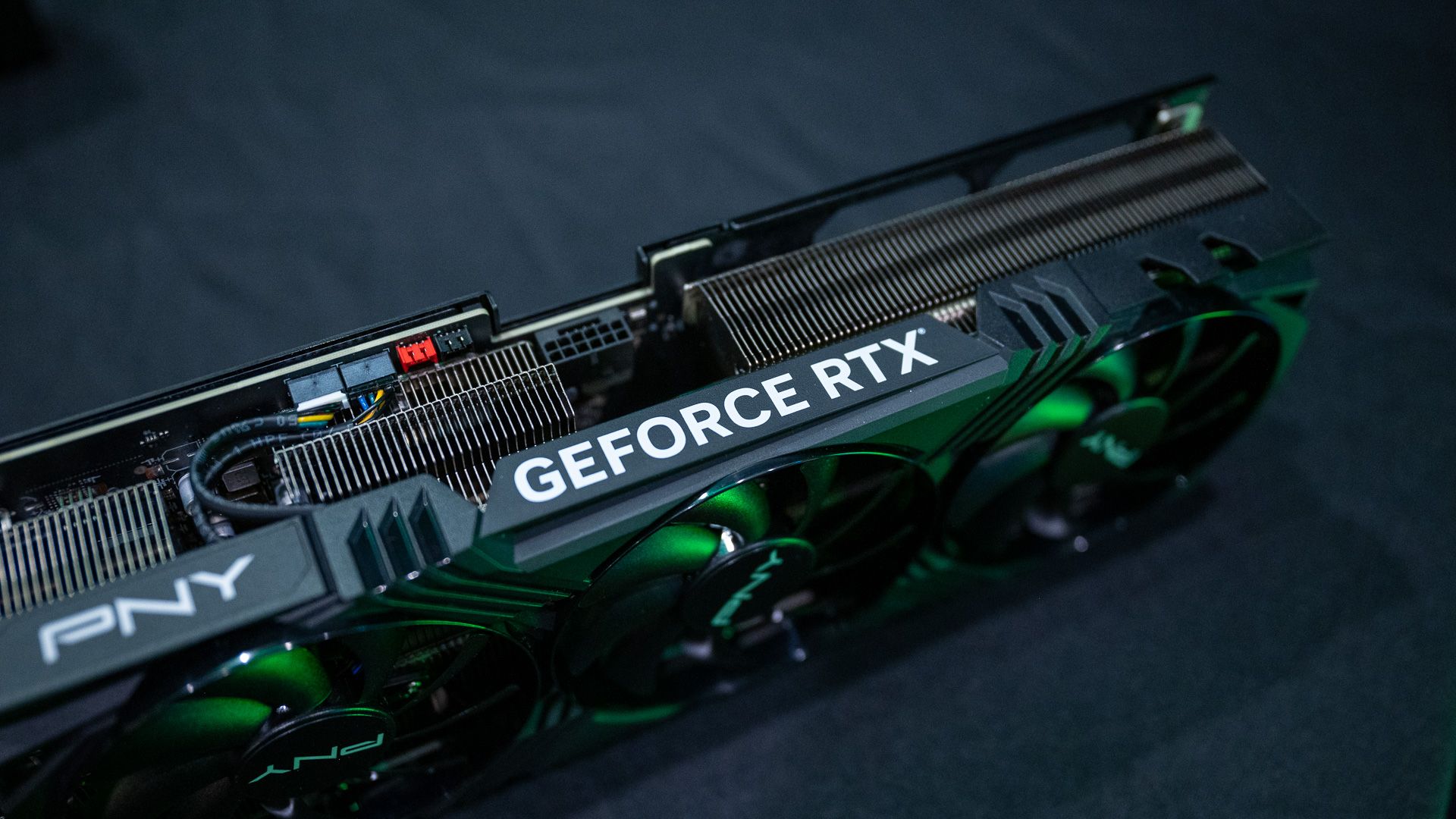Insightful Updates
Stay informed with the latest news and trends.
Rev Your Game: The Driver Dilemma
Unlock your driving potential! Discover tips and tricks to conquer the driver dilemma and elevate your game today.
Unleashing Your Power: How to Choose the Right Driver for Your Game
Choosing the right driver can be a game-changer in unleashing your power on the golf course. The driver is typically the longest club in your bag, and its primary purpose is to maximize distance off the tee. When selecting a driver, consider factors such as loft, shaft flex, and clubhead design. These elements work together to influence your swing dynamics and overall performance. A few key questions to ask yourself include:
- What is my current swing speed?
- Do I prefer a higher or lower launch angle?
- How do I want the ball to behave in the air?
Additionally, testing different drivers can provide invaluable insights. Many local pro shops offer fitting sessions, which can help you determine the right specifications for your needs. Pay attention to how the driver feels during your swing and the results it yields on the range. Remember, the ultimate goal is to achieve a combination of distance, accuracy, and control. So invest time in this process to ensure you find a driver that truly complements your game and allows you to unleash your full power on the course.

The Driver Dilemma: What Should Your Swing Speed Consider for Optimal Performance?
In the world of golf, swing speed is a critical component that influences a player's performance on the course. Golfers often face the driver dilemma when it comes to selecting the right club and adjusting their technique to maximize distance and accuracy. Understanding swing speed is essential because it directly correlates with the distance the ball travels. Increasing your swing speed can lead to longer drives, but it also requires a balance between power and control. Here are some key factors that your swing speed should consider for optimal performance:
- Club selection
- Body mechanics
- Ball compression
Moreover, it is important for golfers to recognize that each player has a unique swing speed that may evolve over time. For those struggling with consistency, professional instruction can help analyze swing mechanics and tailor practice routines to improve speed and efficiency. Additionally, utilizing technology such as launch monitors can provide valuable insights into your performance metrics, allowing you to track your progress. Ultimately, finding the right balance in your swing speed will lead to improved drives and overall game performance, making the driver dilemma less daunting.
Top 5 Common Misconceptions About Drivers and How to Overcome Them
When it comes to driving, there are numerous misconceptions that can lead to dangerous behaviors on the road. One common myth is that drivers can multitask safely, such as texting while driving. Studies show that texting while driving increases the risk of a crash by 23 times. Overcoming this misconception requires a commitment to conscious driving; simply putting the phone away can significantly improve safety. Another prevalent belief is that larger vehicles are always safer, which is false. While they may provide more protection in collisions, they also have a higher tendency to roll over. Education and awareness are key to dispelling these myths.
Another misconception is that drivers believe they can speed without consequences in low-traffic areas. This attitude can cause serious accidents, especially in areas with pedestrians, cyclists, or unexpected obstacles. It's crucial to adhere to speed limits at all times. Additionally, many drivers think that their vehicle's features, such as advanced braking or lane assistance, allow them to disengage from vigilance. This is not true; such technologies should assist, not replace, active driving. By promoting responsible driving practices and educating individuals about the realities of road safety, we can address these persistent myths and foster safer road environments.